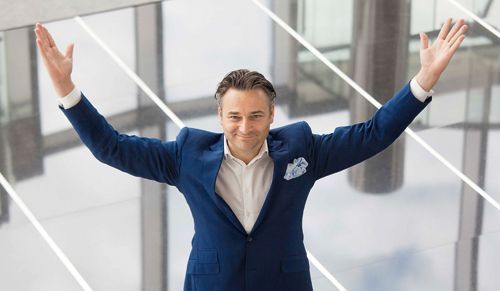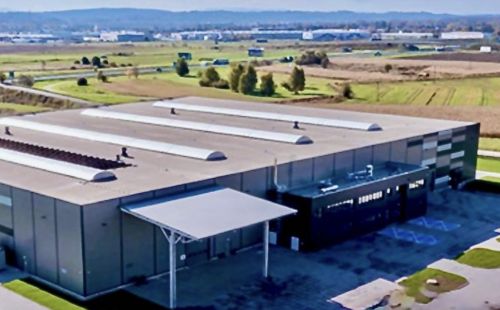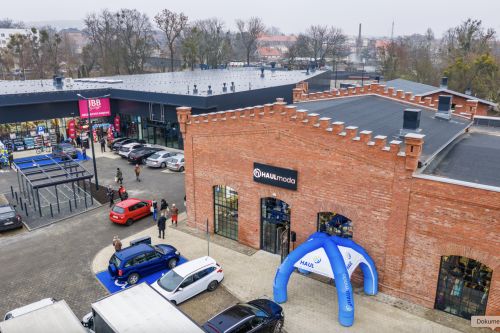Rafał Ostrowski, ‘Eurobuild CEE’: You are about to complete arguably your most notable project so far: the Warsaw Spire. The opening will be on May 12th. Do you feel relieved that all this work is now coming to an end?
Jeroen Van der Toolen, Ghelamco’s managing director in the CEE region: I am above all unbelievably proud of the Warsaw Spire. I believe it is the best project in Warsaw – and feel this not only about the office scheme itself, which has been very well done architecturally, but also about the surrounding area we have created together with it, namely plac Europejski.
This project has had its tricky moments though, hasn’t it?
When it was under development, it was the biggest office project under construction in the whole of Europe. To confirm this we asked the agencies about the countries where 115,000 sqm office projects were being built. It is also the fourteenth tallest skyscraper in the EU right now. But to answer your question, every pr































































